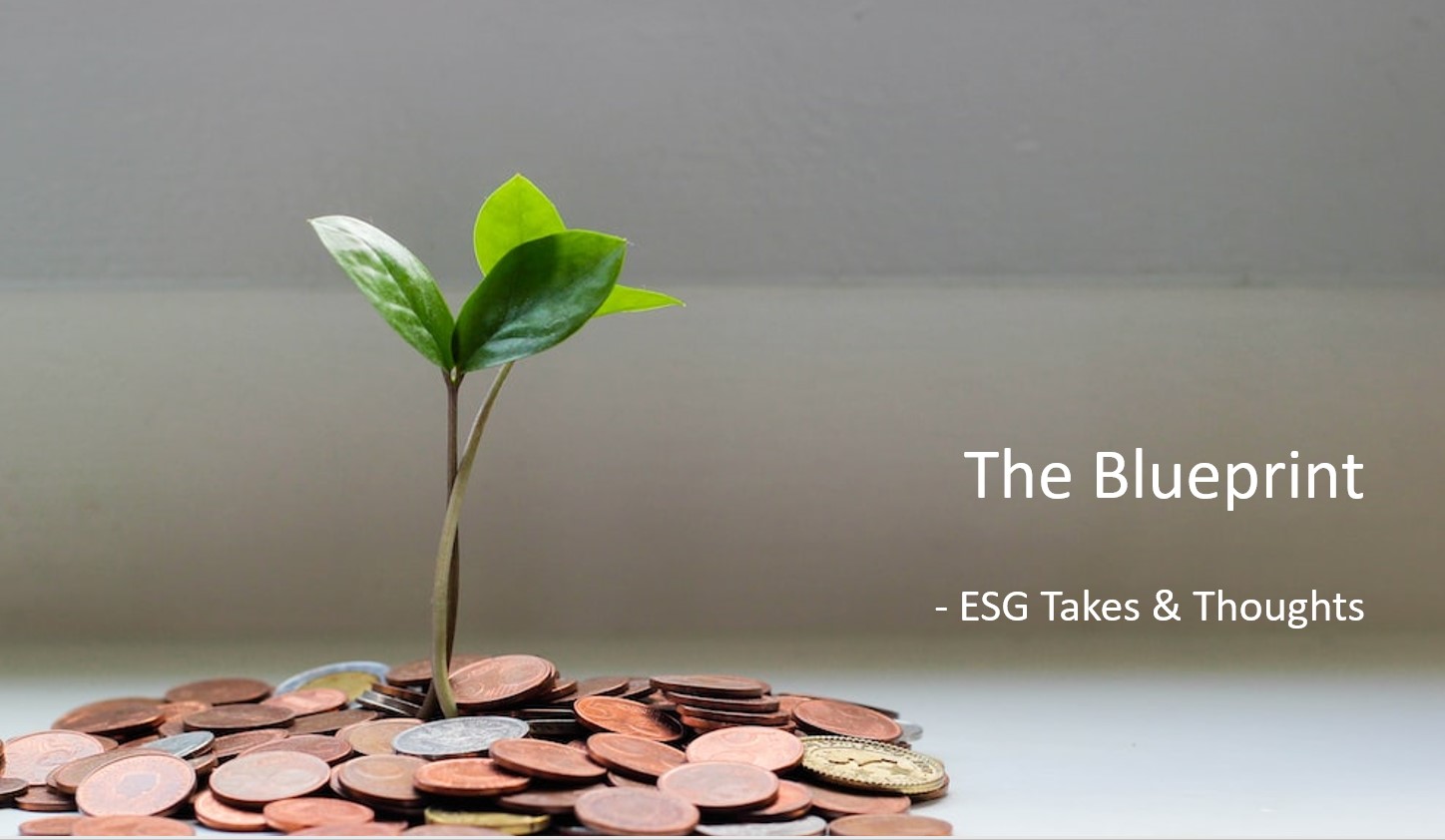
Curbing human-wildlife conflict
Inadequate urban planning can disrupt wildlife behaviour and aggravate population decline. Shrinking habitats and climbing temperatures are edging animal dwellings closer to human activity spaces. Scientific studies have cautioned that greater human-wildlife conflict leads to population declines and species extinction.
Forest fragmentation
When environmental impact assessments are lacking, infrastructural development (e.g. roads, rail) can destroy natural habitats and cut off access to sources of life for biodiversity – including vegetated areas and water bodies. Roads like the BKE in Singapore separate forest habitats from water sources, with a high risk of vehicle collisions with local wildlife.

A group of little wild boars crossing the road; Source : Freepik
In Singapore, wildlife such as young boar piglets are at risk of becoming roadkill
Singapore has introduced wildlife crossings to improve the infrastructure and ecology of such environments. The Eco-Link@BKE is a 62m-long wildlife bridge reconnecting Singapore’s largest surviving primary rainforest – Bukit Timah Nature Reserve – to the Central Catchment Nature Reserve which were split by the BKE almost 30 years ago (Straits Times). The linkway allows rare species such as the pangolin to pass safely, serving as a “green corridor” between forests.
Marine invaders
There are multiple ways in which human activities introduce threats to biodiversity. Ocean ecosystems are exposed to human-wildlife conflict and alien invasions. Large ships facilitate the dispersal of non-native species via ballast water, by adhering to ship hulls or “hitchhiking” on commercial boats.
According to a 2019 global report by the UN-led Intergovernmental Science-Policy Platform on Biodiversity and Ecosystem Services (IPBES), invasive species are among the top 5 threats to the survival of plants and animals. A 2022 study estimated that damage by invasive species is estimated to be 10 times that compared to mitigation and prevention.
Global shipping hubs vulnerable to bioinvasion
Scientists have ranked Singapore 1st place for world ports at risk of marine bioinvasions – attributed to its position as a major transport hub, vessel traffic from large ships, and prevalence of seawalls. Hardening of the shoreline with artificial infrastructure continues to exert pressure on coastal biodiversity (Wells et al., 2019).
As seaborne traffic soars, the issue of non-native species has yet to reach its peak – with the rate of bio-invasions set to grow (IMO). To address this, the IMO Ballast Water Management (BMW) Convention entered into force in 2017 after ratification by over 30 states representing 35% of global merchant shipping.
Most vessels will need on-ship ballast water treatment capabilities to meet the BMW Convention’s requirements on the maximum number of organisms allowed to be released into the sea.

Ballast tanks stabilise ships by carrying water and adding extra weight. When untreated water is released to maintain vessel stability, non-native species could be released; Source : Sembmarine
Seatrium (previously known as Sembcorp Marine) emerged as the first in Singapore to offer an IMO and Maritime Port Authority approved BMW system to filter out non-native species. The firm continues to benefit from the IMO regulations, enjoying revenue from repairs and upgrade solutions.
At Phillip Capital, we take a holistic approach to assessing a company’s contributions to reinforcing positive outcomes for nature, supporting local communities, and achieving NetZero and other global goals (Kunming-Montreal Global Biodiversity Framework and SDGs). We incorporate this into our ESG assessments to support portfolio screening and monitoring. Globally, invasive species and pollution are a major part of nature loss, ecosystem decline, and impairment of ecosystem services that our investments depend upon.
Under PCM ESG Research Objective 2 (Mitigating Negative Externalities), we assess actions to reduce pollution impacts on biodiversity and the ecosystem including the type of waste discharged and percentage treated. PCM ESG Objective 3 (Measuring Positive Change and Impact) rewards companies for managing and minimising pollution risks towards Target 7 of the KMGBF.
Important Information
This material is provided by Phillip Capital Management (S) Ltd (“PCM”) for general information only and does not constitute a recommendation, an offer to sell, or a solicitation of any offer to invest in any of the exchange-traded fund (“ETF”) or the unit trust (“Products”) mentioned herein. It does not have any regard to your specific investment objectives, financial situation and any of your particular needs.
The information provided herein may be obtained or compiled from public and/or third party sources that PCM has no reason to believe are unreliable. Any opinion or view herein is an expression of belief of the individual author or the indicated source (as applicable) only. PCM makes no representation or warranty that such information is accurate, complete, verified or should be relied upon as such. The information does not constitute, and should not be used as a substitute for tax, legal or investment advice.
The information herein are not for any person in any jurisdiction or country where such distribution or availability for use would contravene any applicable law or regulation or would subject PCM to any registration or licensing requirement in such jurisdiction or country. The Products is not offered to U.S. Persons. PhillipCapital Group of Companies, including PCM, their affiliates and/or their officers, directors and/or employees may own or have positions in the Products. This advertisement has not been reviewed by the Monetary Authority of Singapore.